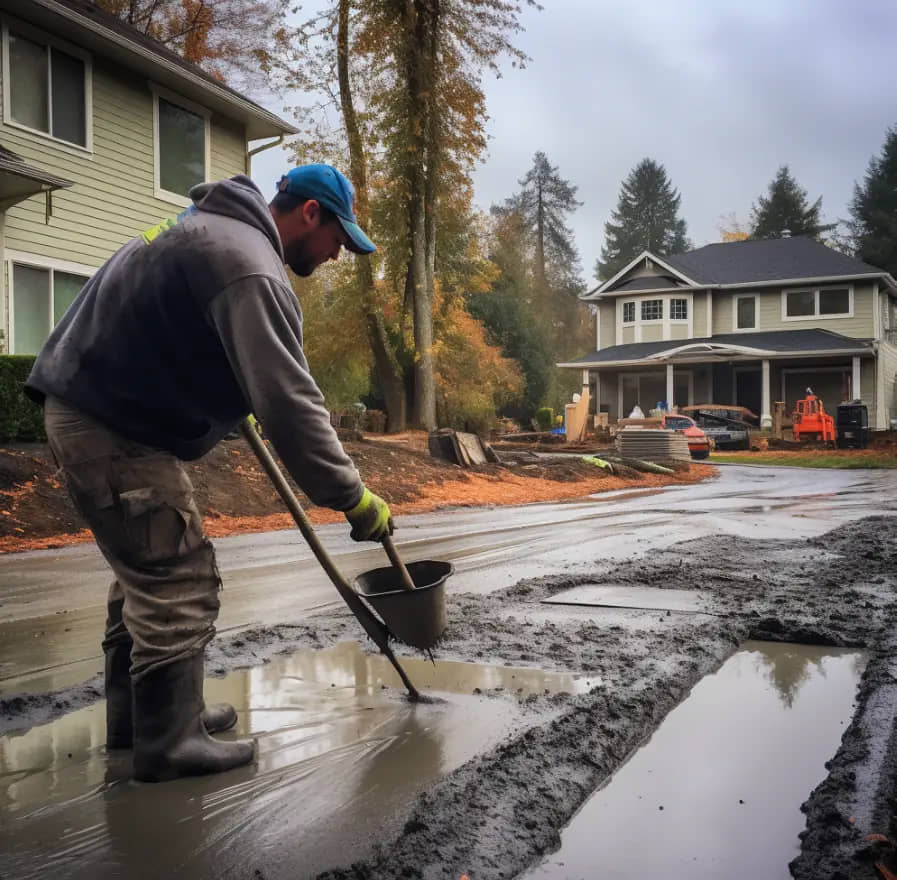Having intrusive or noisy neighbors can really take a toll on one's enjoyment of home life. Whether they are constantly chatting your ear off, barging into your yard uninvited, or making excessive noise, dealing with such neighbors day after day is frustrating and stressful.
In this article, we will explore some effective techniques you can try to help establish clearer boundaries and regain your privacy.
Talk to Your Neighbors and Establish Boundaries
The first step is usually the most sensible - talking to your neighbors respectfully and clearly communicating your issues. Schedule a time to chat with them politely but directly about the behaviors that are problematic, such as dropping by unannounced or asking too many personal questions.
Express how certain actions make you feel uncomfortable in your own home. Suggest establishing some boundaries going forward, like calling or texting before visits.
Most neighbors will be understanding once they realize an issue, and a simple conversation can often resolve things cordially.
Related: How To File A Noise Complaint In An Apartment?
Limit Your Interactions With Your Neighbor

If direct communication does not improve the situation, limiting interactions may help discourage unwanted behaviors. Avoid initiating conversation and keep exchanges brief and task-focused rather than friendly.
Do not engage in small talk or gossip that could signal welcoming further interaction. Remain polite but keep interactions minimal through consistent avoidance of eye contact, smiles and body language that could invite prolonging contact.
Stick to this approach regardless of how uncomfortable boundaries may initially feel - consistency will make your preferences clear over time.
Install Privacy Landscaping
Erecting a physical barrier can also help regain a sense of separation and privacy.
For neighbors who peek over fences or into yards, installing tall hedges, trees or a solid fence can communicate the message that certain areas are off limits while still allow cordial interactions elsewhere on the property lines.
Landscaping changes alone may deter intrusive behavior while preserving the ability to converse respectfully from a greater distance when desired.
Get a Dog
If all else fails, adopting a dog can be an excellent way to naturally deter unwanted visitors. A barking dog signals that the property is inhabited and acts as a barrier to casual drop-ins.
Let the pup's noise and continuous presence do the legwork of acting as a buffer between your space and intrusive neighbors.
Just be sure any dog is well-trained first and foremost as a family pet rather than tool of deterrence, for the safety and legal liability of all parties.
Put Up a Clear "No Trespassing" Sign
Where casual interactions are still too frequent despite other attempts to set boundaries, post clear "No Trespassing" signs.
This legal notification establishes unambiguously that entering the property without permission is forbidden and can potentially have consequences if ignored. Signs reinforce verbal and implied cues have been insufficient on their own.
Post them visibly at all entry points make the property lines and off-limits areas crystal clear from a distance.
Get Help from Other People or Authorities
In rare cases of extreme neighbor issues, seeking help from others may be needed. Talking to fellow homeowners, approaching community boards or neighborhood watch groups can help address major problems collectively if the situation threatens everyone's safety, peace or property rights.
Documentation of problematic behaviors and steps already taken to resolve issues peacefully through direct communication or other methods shows due diligence before escalating further.
Law enforcement should only be considered in cases of perceived threats, harassment or significantly disturbing criminal activity.
Avoid What Doesn't Work
Certain ineffective or counterproductive reactions should obviously be avoided.
These include invading neighbors' privacy through spying, avoiding usual routines anxiously, confrontations without attempts at civil discussion, or demands made without willingness to listen to others' perspectives too.
Patience, consistency and reasonableness tend to have the best chances of resolving neighbor conflicts respectfully without damaging community relationships long-term.
Conclusion
With some strategic boundary-setting and clear communication of what behaviors cross those lines, the vast majority of problematic neighbor situations can settle well through direct but peaceful discussions and mutual respect for others' wellbeing on shared property.
The approaches discussed aim to remedy neighbor conflicts respectfully while still allowing normal routines and activities to continue uninterrupted. With consistency and documentation if needed, problem neighbors eventually understand other residents' reasonable preferences for privacy too when a few of key tactics, like verbal checkpoints or physical barriers, are applied sensibly but firmly over time.





